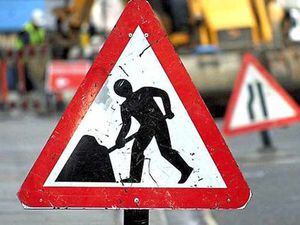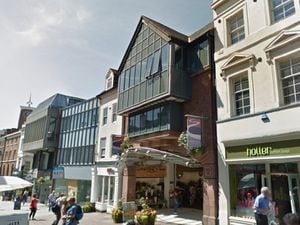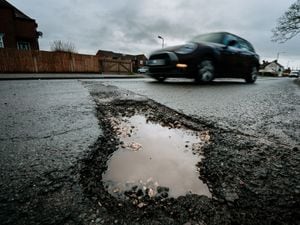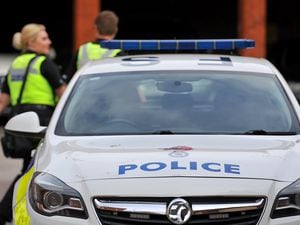Archaeologists set to unearth history of Shrewsbury Castle
Archaeologists are keen to get started on a dig at Shrewsbury Castle after a geophysical survey showed anomalies in the ground in the bailey.
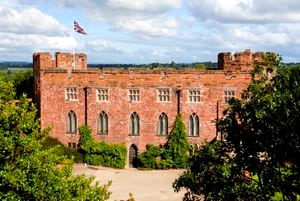
Archaeologist Nigel baker, who will be leading the dig, said: “Last week saw the arrival of the eagerly-awaited report from Tiger Geo on their ground- penetrating-radar and resistivity survey of the inner bailey of Shrewsbury Castle – and the results lived up to all expectations.
“The biggest anomaly detected lies just inches under the lawn right across from and parallel to the standing ‘Great Hall’ housing the Regimental Museum.
" A large spread of what appears to be walls buried by rubble, and possibly even a square tower, is the target of our excavation trench, commencing next week: what it is, of course remains to be seen.
"A ground-floor hall of Henry II? Thomas Telford’s masons’ yard from his restoration campaign of the 1790s? By the end of July, we’ll have found out.
“Other fascinating targets are visible too but will have to await investigation by archaeologists in future years.
"For example, the motte appears to have had a ditch around its base that seems to have been infilled with rubble.
“Most intriguing of all is what appears to be a stone building with very deeply-founded walls, buried under the re-profiled western rampart, on a site that has been suggested in the past to be that of the medieval castle chapel of St Michael.
"Recorded in Domesday Book, this was ruined and roofless by the 16th century. But this is also the spot where the likely pre-Conquest defences meet the Norman castle perimeter; not only that but St Michael’s was almost certainly a pre-Conquest royal foundation.
"So it’s possible that, one day, excavation may locate the equivalent of St Michael Northgate in Oxford here in Shrewsbury, encapsulated in the Norman Castle.”
The excavation starts on Monday to August 2 and will be led by Dr Baker and one of the most experienced archaeologists in the region, David Williams.
It is part of a wider archaeology project funded by the Castle Studies Trust to help better understand the history of the castle and the stories it holds within its undiscovered archaeology.
The castle will be open for the majority of the excavation and visitors will be able learn more about the excavation and the castle from the archaeologists themselves.
The excavation is a partnership project with Shropshire Council, University Centre Shrewsbury, Shrewsbury Museum & Art Gallery, Shropshire Archives and the Castle Studies Trust.

